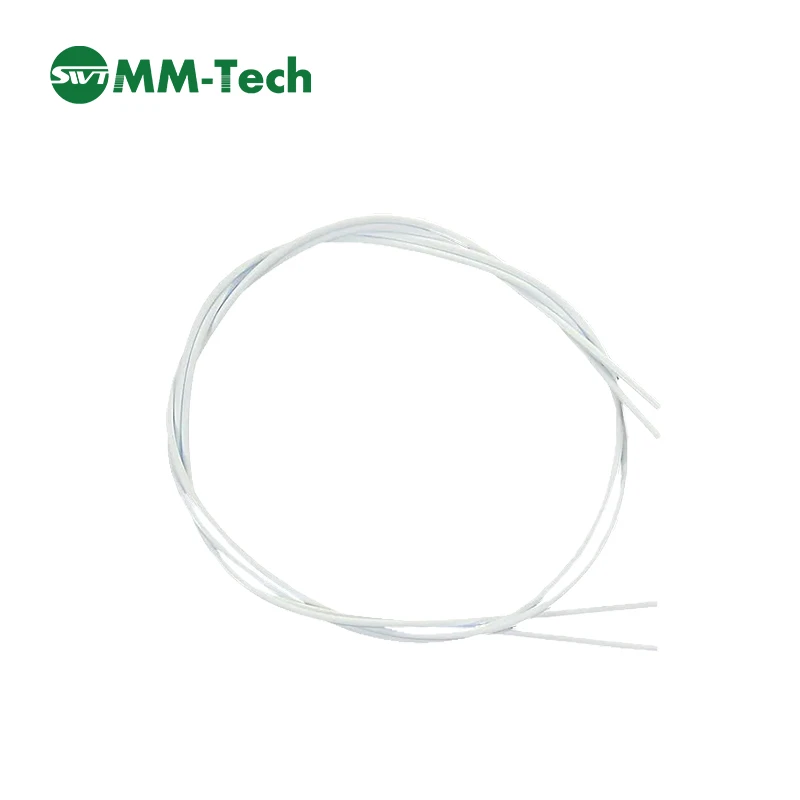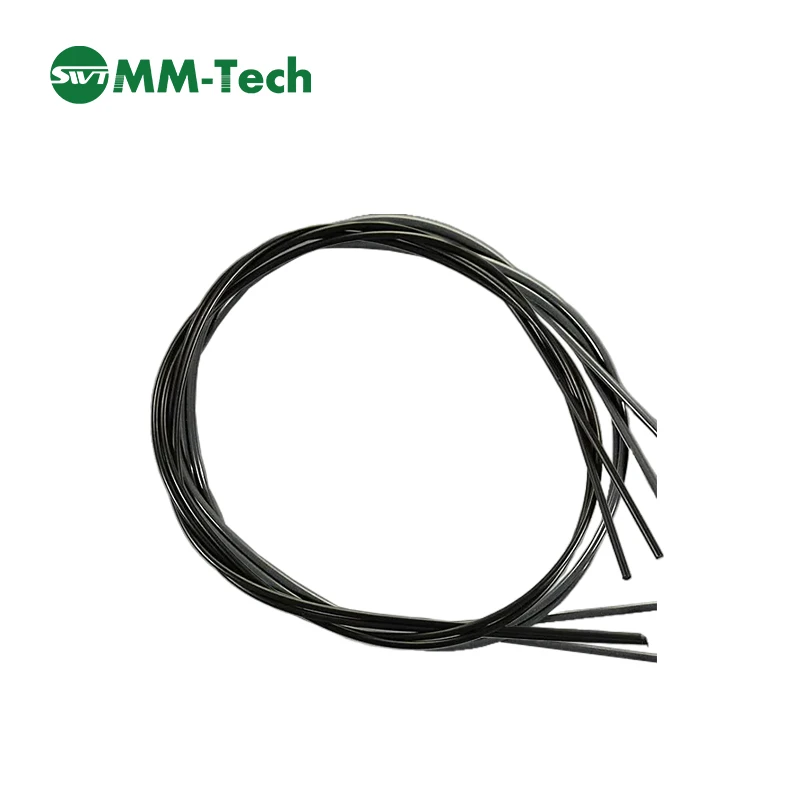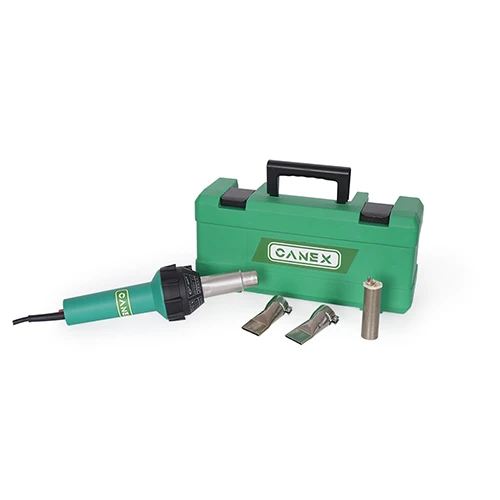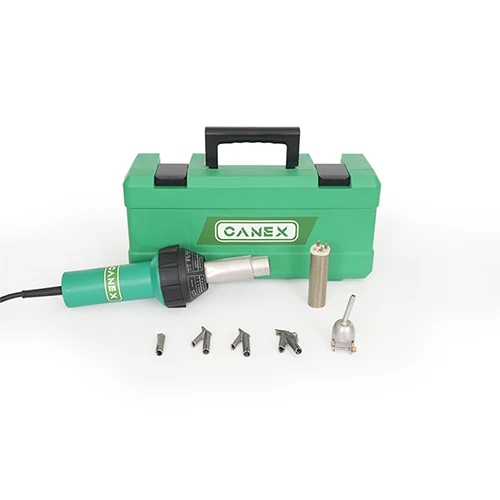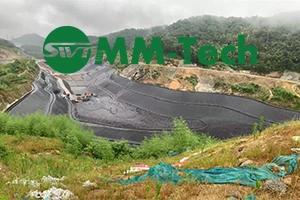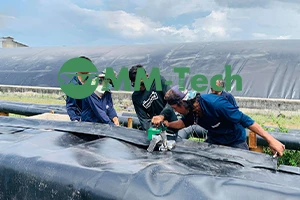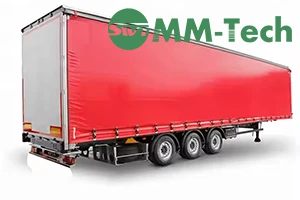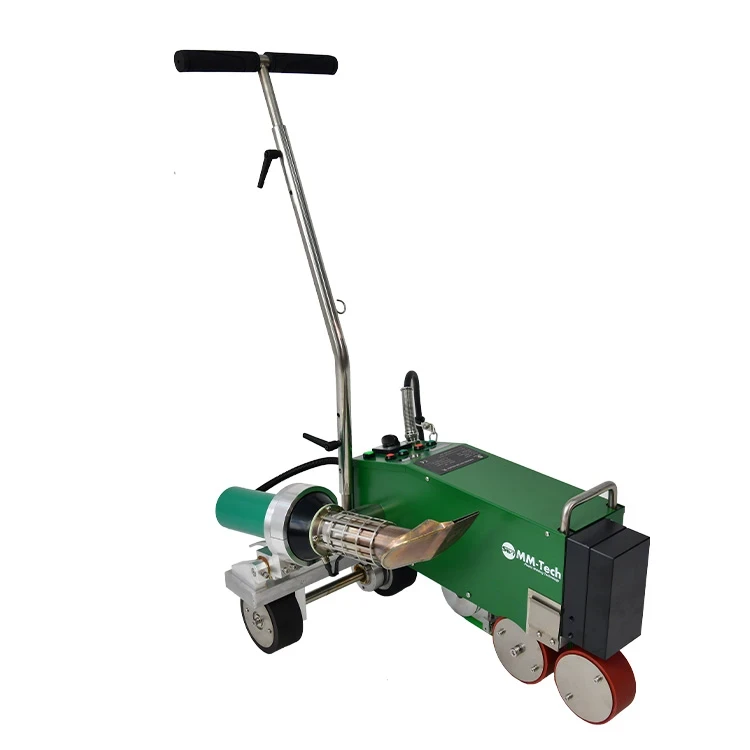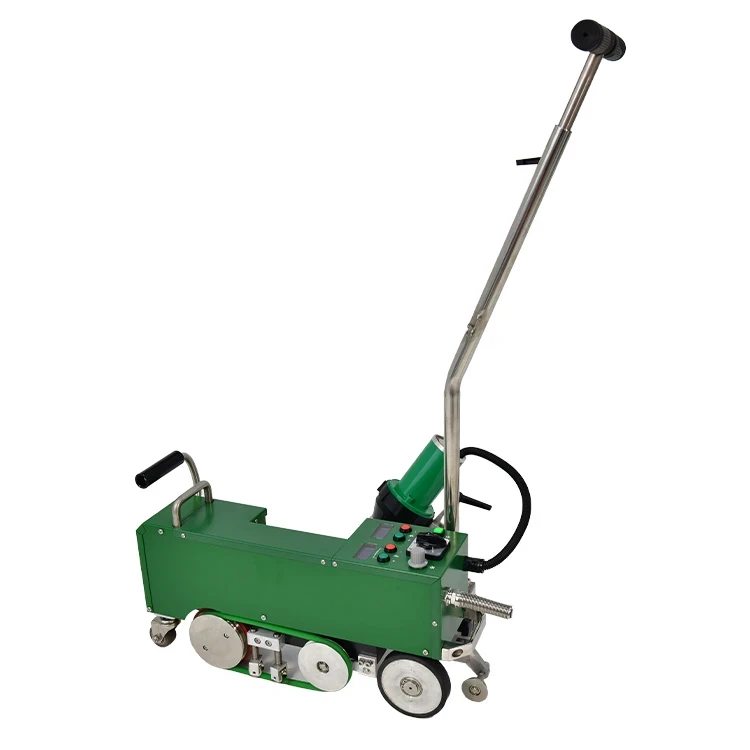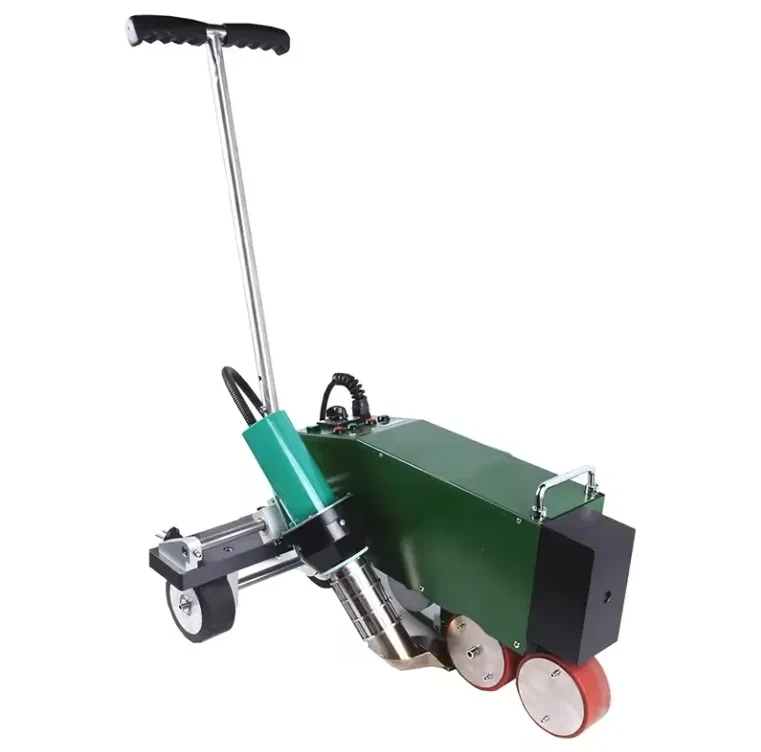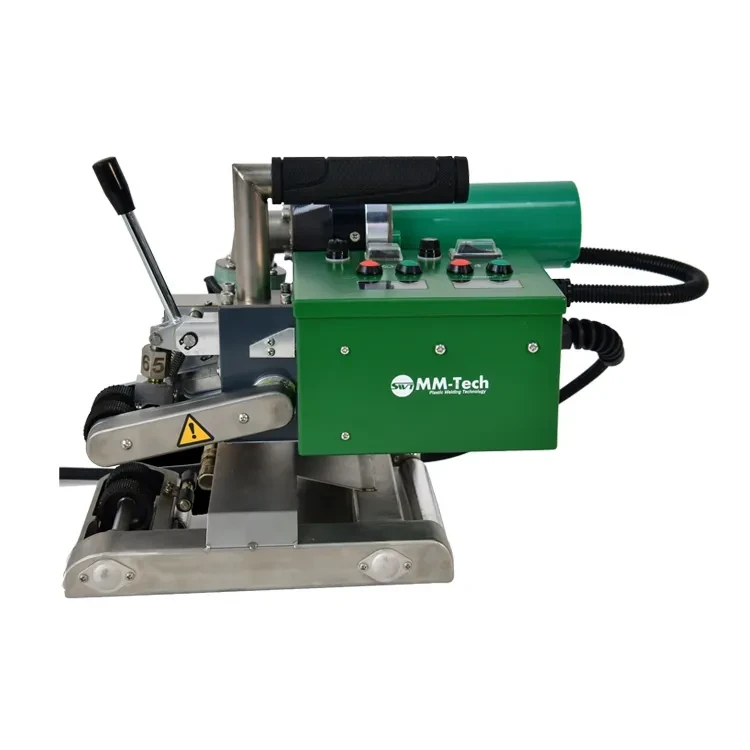-
 E-mailadres: info@peweldingmachine.com
E-mailadres: info@peweldingmachine.com
-
 +86-137 3974 5191
+86-137 3974 5191
-
 Toevoegen:
Toevoegen:NR. 355, Youyi-straat, Qiaoxi-district, Shijiazhuang, Hebei, China.
Innovations and Applications in Welding Equipment for Modern Fabrication
mei . 16, 2025 17:08
In the dynamic field of industrial fabrication and material joining, welding equipment serves as the backbone of countless manufacturing processes. Key players in this domain include fabrikanten van lasapparatuur, whose innovations drive advancements in tools like tpo lasser, hetelucht kunststof lasser, tpo heteluchtpistool, and warmte lasser. These tools are essential for joining thermoplastic materials, particularly in industries such as construction, automotive, and packaging, where precision and durability are paramount.
The Role of Welding Equipment Manufacturers in Tool Development
Welding equipment manufacturers are at the forefront of designing tools that meet the evolving needs of modern fabrication. For instance, manufacturers engineer tpo lasser systems to address the specific requirements of welding thermoplastic olefin (TPO) membranes, a common material in roofing and waterproofing applications. These manufacturers focus on creating tools with adjustable temperature controls and ergonomic designs to ensure consistent welds while minimizing operator fatigue. By integrating advanced technologies like digital displays and automatic shut - off features, manufacturers enhance the safety and efficiency of their equipment, catering to both large - scale industrial users and small - scale contractors.
Understanding the Functionality of TPO Welders
A tpo lasser is a specialized tool designed to fuse TPO sheets together, creating seamless, watertight seals. These welders typically use hot air or heat to melt the edges of the TPO material, allowing them to bond when cooled. In roofing projects, a tpo lasser ensures that membrane seams are strong enough to withstand weather elements like rain, wind, and UV radiation. The tool’s temperature range is critical; most tpo welders operate between 300°C and 500°C, depending on the thickness and type of TPO being welded. Some models also feature variable air flow settings, enabling precise control over the welding process to avoid over - melting or under - welding the material.
Hot Air Plastic Welders: Versatility in Thermoplastic Joining
Hot air plastic welder tools are versatile instruments used for welding a wide range of thermoplastics, including polyethylene (PE), polypropylene (PP), and TPO. These welders generate hot air through a heating element, which is directed at the materials to be joined. The hot air softens the plastic, allowing a filler rod or the material itself to melt and form a bond. In the automotive industry, hot air plastic welders are used to repair bumpers, dashboards, and other plastic components, eliminating the need for costly replacements. They are also popular in the packaging sector for sealing plastic containers and creating custom plastic structures, thanks to their ability to handle different plastic types and thicknesses.
TPO Heat Guns: Precision Heating for Targeted Applications
A tpo heteluchtpistool is a specialized variant of the traditional heat gun, optimized for working with TPO materials. Unlike general - purpose heat guns, tpo heat guns often feature precise temperature regulation and focused airflow nozzles, ensuring that heat is applied evenly and only to the area requiring welding. This precision is crucial in applications such as fabricating TPO liners for ponds or chemical storage tanks, where even a small welding defect could lead to leaks. The compact design of many tpo heat guns also makes them suitable for on - site repairs and installations, allowing workers to carry them easily to different job locations.
Heat Welders: Broad - Spectrum Solutions for Material Bonding
Heat welder is a general term encompassing tools that use heat to join materials, including thermoplastics, rubber, and certain metals. These tools can range from simple handheld devices to complex industrial machines. For example, in the construction industry, large - scale heat welders are used to install geomembranes for landfill liners or tunnel waterproofing, ensuring long - lasting and reliable seals. In smaller-scale applications, handheld heat welders are used in hobbies or prototyping to create plastic models or join rubber components. The adaptability of heat welders makes them a staple in any workshop or industrial setting where material joining is required.
FAQ: Key Considerations for Welding Equipment Users
How to select the right tool for welding TPO materials?
When choosing between a tpo lasser, tpo heteluchtpistool, or hetelucht kunststof lasser, consider the thickness of the TPO material and the complexity of the project. Thicker TPO sheets (e.g., over 2mm) often require a tpo lasser with higher heat output and adjustable air flow, while thinner materials or intricate repairs may be better suited to a tpo heteluchtpistool for precise heat application. Always check the tool’s temperature range and compatibility with TPO to ensure optimal results.
What safety precautions should be taken when using heat welders?
Safety is critical when operating warmte lasser tools, as they generate high temperatures. Always wear heat-resistant gloves and protective eyewear to prevent burns and eye injuries. Use the tool in a well-ventilated area to avoid inhaling plastic fumes. Keep flammable materials away from the work area, and never leave a heated tool unattended. Most importantly, follow the manufacturer’s instructions for safe operation and maintenance of the equipment.
Can hot air plastic welders be used for materials other than TPO?
Yes, hot air plastic welders are versatile and can be used for welding various thermoplastics, including PE, PP, PVC, and acrylic. However, it is essential to adjust the temperature and airflow settings according to the specific plastic’s melting point. For example, PVC may require lower temperatures than TPO to avoid releasing harmful chlorine gases during welding. Always test the tool on a small, inconspicuous area of the material before starting a full project.
How do I maintain the performance of my welding equipment?
Regular maintenance ensures the longevity and reliability of your tools. For tpo lasser and hetelucht kunststof lasser models, clean the nozzle and heating element regularly to remove plastic residue, which can affect airflow and heat distribution. Check the power cord for signs of wear and tear, and ensure that all adjustable knobs and controls function smoothly. Store the equipment in a dry, dust-free environment to prevent damage to internal components. Refer to the manufacturer’s maintenance guide for specific instructions on lubrication and part replacements.
Are there energy-efficient options available among welding equipment?
Many fabrikanten van lasapparatuur now offer energy-efficient models designed to reduce power consumption without compromising performance. Look for tools with automatic standby modes that lower energy use when the tool is not in active use. Some advanced tpo lasser and warmte lasser models also feature efficient heating elements that reach operating temperatures quickly, minimizing idle time and energy waste. Investing in energy-efficient equipment can save costs over time while aligning with sustainable manufacturing practices.
Gerelateerde producten
Gerelateerde video
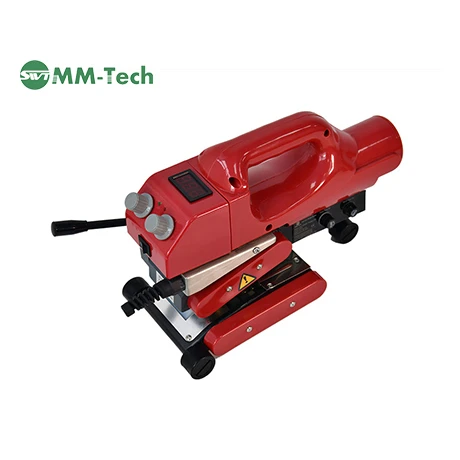

Geo Hot Wedge Welder met digitaal display SWT NS800D bedieningshandleiding
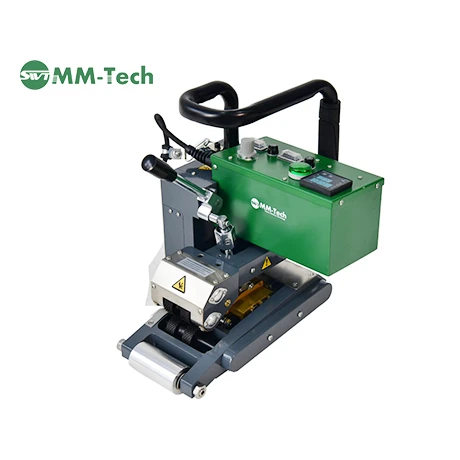

Heavy-Duty Geo Hot Wedge Welder SWT-NS900 Bedieningshandleiding
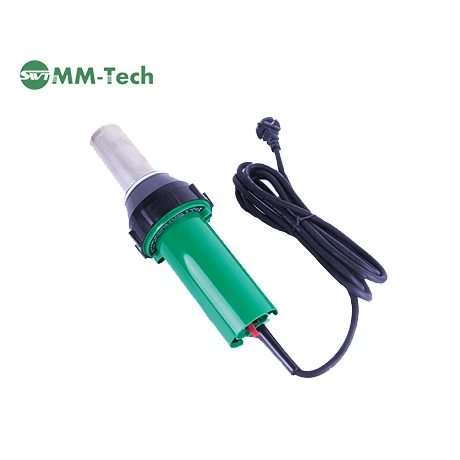

Krachtige professionele heteluchtpistool SWT-NS3400A Gebruiksaanwijzing


Geo Hot Wedge Welder SWT NS800 Bedieningshandleiding
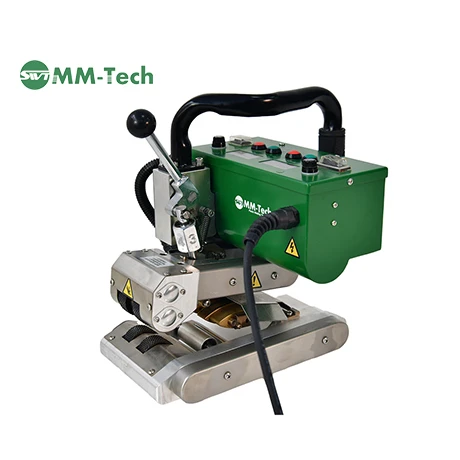

Compacte HDPE-warmwiglasmachine SWT-NSGM1 Bedieningshandleiding
Gerelateerd nieuws
ABONNEER NIEUWSBRIEF
Dear customer, thank you for your attention! We provide high-quality machinery and equipment and look forward to your orders. Please inform us of your needs and we will respond quickly!









